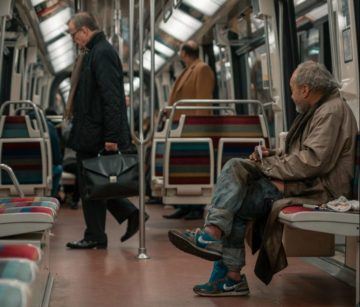Adam Tooze in Public Books:
 In the first half of 2020, as the world economy shut down, hundreds of millions of people across the world lost their jobs. Following India’s lockdown on March 24, 10s of millions of displaced migrant workers thronged bus stops waiting for a ride back to their villages. Many gave up and spent weeks on the road walking home. Over 1.5 billion young people were affected by school closures. The human capital foregone will, according to the World Bank, cost $10 trillion in future income.
In the first half of 2020, as the world economy shut down, hundreds of millions of people across the world lost their jobs. Following India’s lockdown on March 24, 10s of millions of displaced migrant workers thronged bus stops waiting for a ride back to their villages. Many gave up and spent weeks on the road walking home. Over 1.5 billion young people were affected by school closures. The human capital foregone will, according to the World Bank, cost $10 trillion in future income.
Meanwhile, in China, economic growth had resumed by the summer. Amazon has added hundreds of thousands to its global workforce. The world’s corporations issued debt as never before. And, with Jeff Bezos in the lead, America’s billionaires saw their wealth surge to ever-more-grotesque heights.
In Las Vegas the painted rectangles of parking lots were repurposed as socially distanced campsites for those with no shelter to go to. Tech-savvy police forces in Southern California procured drones with loudspeakers to issue orders to the homeless remotely. Lines of SUVs and middle-class sedans snaked for miles as 10s of thousands of Americans stopped commuting and queued for food. Meanwhile, in the Hamptons, wealthy exiles from Manhattan outbid each other to install luxury swimming pools on the grounds of their summer residences.
Even in a world accustomed to extreme inequality, the disparate experience of the COVID shock has been dizzying. It will be years before comprehensive data is available to chart the precise impact of the pandemic on global inequality. But what might a sketch look like?
More here.
